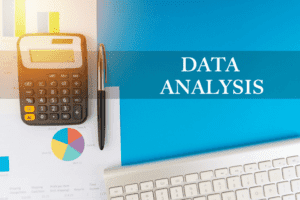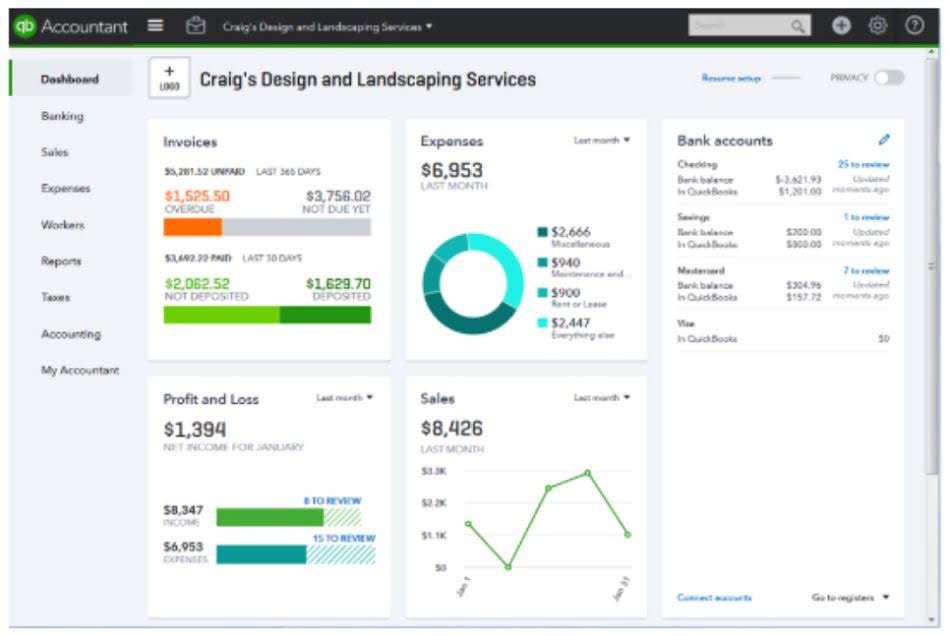
Firms can get the data for total assets and total liabilities from the balance sheet which they can then use further in the accounting equation to determine the equity. As such, the balance sheet is divided into two sides (or sections). The left side of the balance sheet outlines all of a company’s assets.

What are assets, liability and equity?
- The accounting equation is often expressed as an accounting formula and states that the sum of liabilities and equity is always equivalent to the total assets of the organization.
- Accounts Payables, or AP, is the amount a company owes suppliers for items or services purchased on credit.
- In this balance sheet, accounts are listed from least liquid to most liquid (or how quickly they can be converted into cash).
- Being an inherently negative term, Michael is not thrilled with this description.
- If a company’s stock is publicly traded, earnings per share must appear on the face of the income statement.
- The balance sheet is also referred to as the Statement of Financial Position.
- For the past 52 years, Harold Averkamp (CPA, MBA) hasworked as an accounting supervisor, manager, consultant, university instructor, and innovator in teaching accounting online.
This simple idea—that we all deserve to belong, and on our own terms—is core to who we are as a company and how we make decisions. Our team is made up of thousands of people across the globe who take risks, think big, and do good for our customers, communities, and the planet. If you own shares in a company, you own a piece of its equity value. After enrolling in a program, you may request a withdrawal with refund (minus a $100 nonrefundable enrollment fee) up until 24 hours after the start of your program. Please review the Program Policies page for more details on refunds and deferrals. Updates to your application and enrollment status will be shown on your account page.
Expanded accounting equation
The formula defines the relationship between a business’s Assets, Liabilities and Equity. Simply put, the rationale is that the assets belonging to a company must have been funded somehow, i.e. the money used to purchase the assets did not just appear out of thin air to state the obvious. Property, Plant, and Equipment (also known as PP&E) capture the company’s tangible fixed assets. Some companies will class out their PP&E by the different types of assets, such as Land, Building, and various types of Equipment. The major and often largest value assets of most companies are that company’s machinery, buildings, and property. As such, many investors view companies with negative equity as risky or unsafe.
- The example above complies with International Financial Reporting Standards (IFRS), which companies outside the United States follow.
- For the past 52 years, Harold Averkamp (CPA, MBA) has worked as an accounting supervisor, manager, consultant, university instructor, and innovator in teaching accounting online.
- We expect to offer our courses in additional languages in the future but, at this time, HBS Online can only be provided in English.
- Details of any open stock-settled derivative positions (including traded options), or agreements to purchase or sell relevant securities, should be given on a Supplemental Form 8 (Open Positions).
- Every accounting entry has an opposite corresponding entry in a different account.
- Additionally, the equation formula may also be broken down further on the capital part to detail the additional contributions of the capital.
Everything You Need To Master Financial Statement Modeling
While the balance sheet is concerned with one point in time, the income statement covers a time interval or period of time. The income statement will explain part of the change in the owner’s or stockholders’ equity during the time interval between two balance sheets. The concept here is that no matter what business transaction is, the accounting equation will always be balanced where total assets always equal total liabilities plus owner’s equity in the accounting.

Under all circumstances, each transaction must have a dual effect on the accounting transaction. For instance, if an asset increases, there must be a corresponding decrease in another asset or an increase in a specific liability or stockholders’ equity item. Like any mathematical equation, the accounting equation can be rearranged and expressed in terms of liabilities or owner’s equity assets equal instead of assets. The balance sheet is a very important financial statement for many reasons. It can be looked at on its own and in conjunction with other statements like the income statement and cash flow statement to get a full picture of a company’s health. These may include loans, accounts payable, mortgages, deferred revenues, bond issues, warranties, and accrued expenses.

Put another way, it is the amount that would remain if the company liquidated all of its assets and paid off all of its debts. The remainder is the shareholders’ equity, which would be returned to them. If a balance sheet doesn’t balance, it’s likely the document was prepared incorrectly. At the bottom of the balance sheet, we can see that total liabilities and shareholders’ equity are added together to come up with $375,319 billion which balances with Apple’s total assets. Your bank account, company vehicles, office equipment, and owned property are all examples of assets. The concept of expanded accounting equation is that it shows further detail on where the owner’s equity comes from.
- If we rearrange the Accounting Equation, Equity is equal to Assets minus Liabilities.
- If a business buys raw materials and pays in cash, it will result in an increase in the company’s inventory (an asset) while reducing cash capital (another asset).
- That’s because market valuations often factor in aspects — from intellectual property to expected future returns — that you don’t include in the owner’s equity formula.
- We also allow you to split your payment across 2 separate credit card transactions or send a payment link email to another person on your behalf.
- Under the umbrella of accounting, liabilities refer to a company’s debts or financially-measurable obligations.



